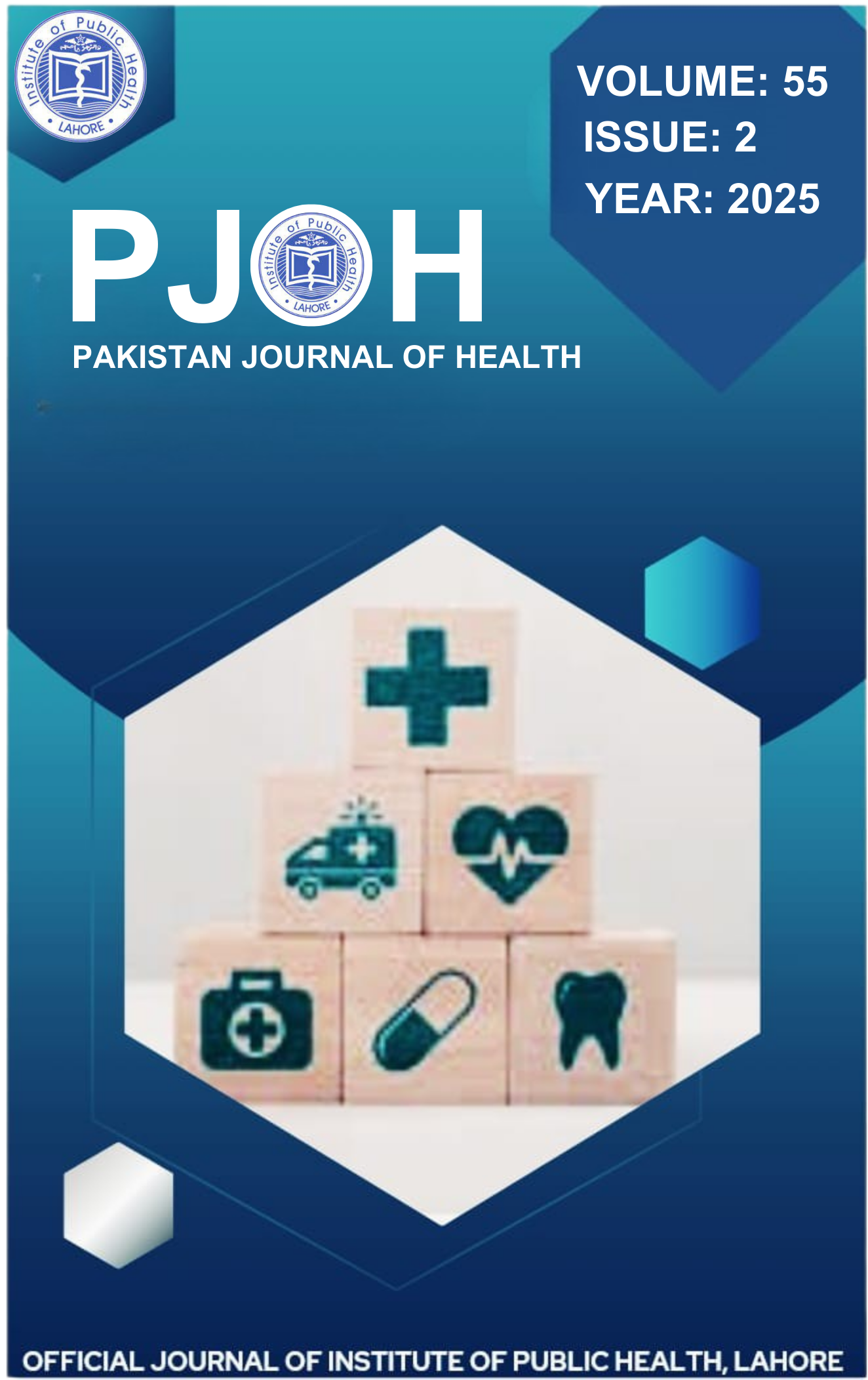Antibiotics Susceptibility Pattern of Bacteria associated with Wound Sepsis in Burn Patients,
Keywords:
Wound Sepsis, Burn, Antibiotic SusceptibilityAbstract
Abstract: Investigating antibiotic susceptibility in burn wound sepsis is crucial for effective treatment, as burn patients have compromised skin and immunity, making them highly vulnerable to infections. These infections can delay healing, lead to severe complications, and increase mortality. This study aimed to isolate bacteria from burn wound infections, assess their antibiotic sensitivity, and analyze the relationship between patient characteristics and susceptibility patterns.
Material and Methods: T Non-probability convenience sampling was used in a five-month cross-sectional study at Jinnah Hospital Lahore. Samples from burn patients were aseptically collected after consent. Patients on recent antibiotics, with non-burn wounds, or immunocompromised were excluded. Samples were cultured on Blood Agar, MacConkey Agar, and Mannitol Salt Agar at 37°C for 24–48 hours. Identification used Gram staining and biochemical tests. Antibiotic susceptibility was tested by Kirby-Bauer disc diffusion on Mueller-Hinton Agar, following Clinical and Laboratory Standards Institute (CLSI) guidelines, using antibiotics such as gentamicin, ciprofloxacin, ceftriaxone, meropenem, and vancomycin. Reagents were from Sigma-Aldrich and quality control was maintained.
Results: Of 185 samples, 128 showed growth. Predominant Gram-negative isolates identified included Pseudomonas aeruginosa, E. coli, Klebsiella spp., and Proteus spp; Gram-positive included S. aureus, Coagulase-Negative Staphylococci (CoNS), and S. pyogenes. Amikacin was effective across both groups. Cephalexin was least effective for Gram-positive strains, while amoxicillin showed high resistance in Gram-negatives.
Conclusion: Blood and wound swabs had the highest growth. S. aureus was the most common isolate. Most bacteria were Gram-negative. Most effective were Amikacin and gentamicin; cephalexin and amoxicillin were least effective.

